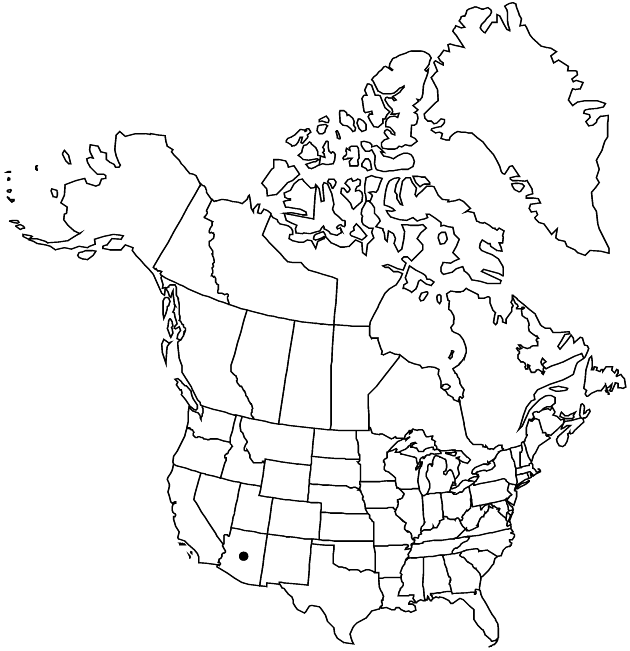Difference between revisions of "Chrysothamnus viscidiflorus subsp. planifolius"
Madroño 17: 223, fig. 2c. 1964.
FNA>Volume Importer |
imported>Volume Importer |
||
| (5 intermediate revisions by 2 users not shown) | |||
| Line 6: | Line 6: | ||
|place=17: 223, fig. 2c. 1964 | |place=17: 223, fig. 2c. 1964 | ||
|year=1964 | |year=1964 | ||
| + | }} | ||
| + | |special_status={{Treatment/ID/Special_status | ||
| + | |code=E | ||
| + | |label=Endemic | ||
}} | }} | ||
|basionyms= | |basionyms= | ||
| Line 31: | Line 35: | ||
-->{{#Taxon: | -->{{#Taxon: | ||
name=Chrysothamnus viscidiflorus subsp. planifolius | name=Chrysothamnus viscidiflorus subsp. planifolius | ||
| − | |||
|authority=L. C. Anderson | |authority=L. C. Anderson | ||
|rank=subspecies | |rank=subspecies | ||
| Line 45: | Line 48: | ||
|publication title=Madroño | |publication title=Madroño | ||
|publication year=1964 | |publication year=1964 | ||
| − | |special status= | + | |special status=Endemic |
| − | |source xml=https:// | + | |source xml=https://bitbucket.org/aafc-mbb/fna-data-curation/src/2e0870ddd59836b60bcf96646a41e87ea5a5943a/coarse_grained_fna_xml/V19-20-21/V20_421.xml |
|tribe=Asteraceae tribe Astereae | |tribe=Asteraceae tribe Astereae | ||
|genus=Chrysothamnus | |genus=Chrysothamnus | ||
Latest revision as of 20:02, 5 November 2020
Plants 10–25 cm. Stems glabrous (puberulous). Leaf blades ascending to spreading, green, 1-nerved, narrowly lanceolate, (10–)14–20 × 1–2 mm, flat, not twisted, margins obscurely involute, entire, not noticeably ciliate, apices cuspidate, faces glabrous. Heads in broad, rounded, corymbiform arrays. Involucres cylindric to campanulate, (4–)5–5.6 mm. Phyllaries 14–18 in 3–4 series, in spirals or weak vertical ranks, stramineous, green to brown subapical patches obscure midnerves evident distally or obscure, ± convex or weakly keeled, obovate to oblong or spatulate, unequal, margins scarious, eciliate or distally obscurely ciliolate, faces glabrous. Disc florets 3–4(–5); corollas 3.5–4.5 mm, lobes 1.4–1.7 mm. 2n = 18.
Phenology: Flowering late summer–fall.
Habitat: Dry sandy soils, sparse juniper slopes
Elevation: 1600+ m
Discussion
Selected References
None.
